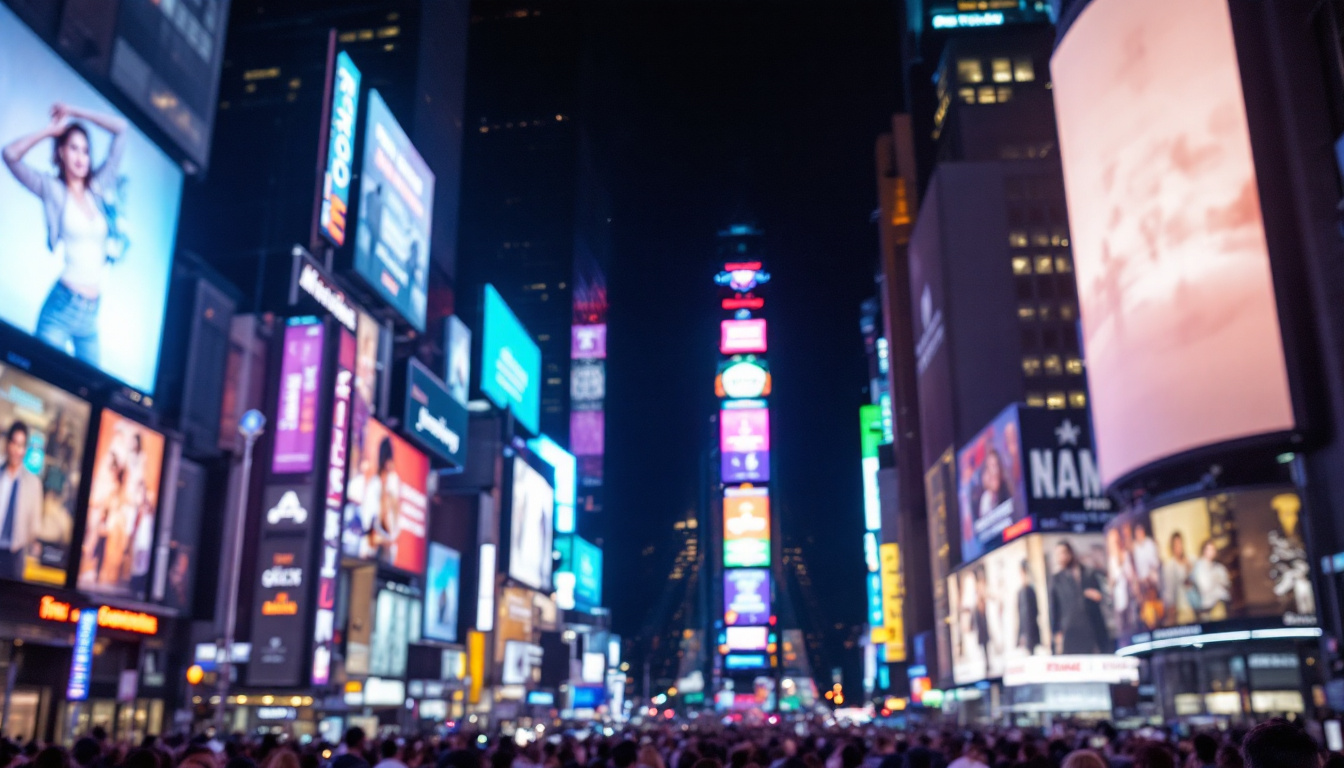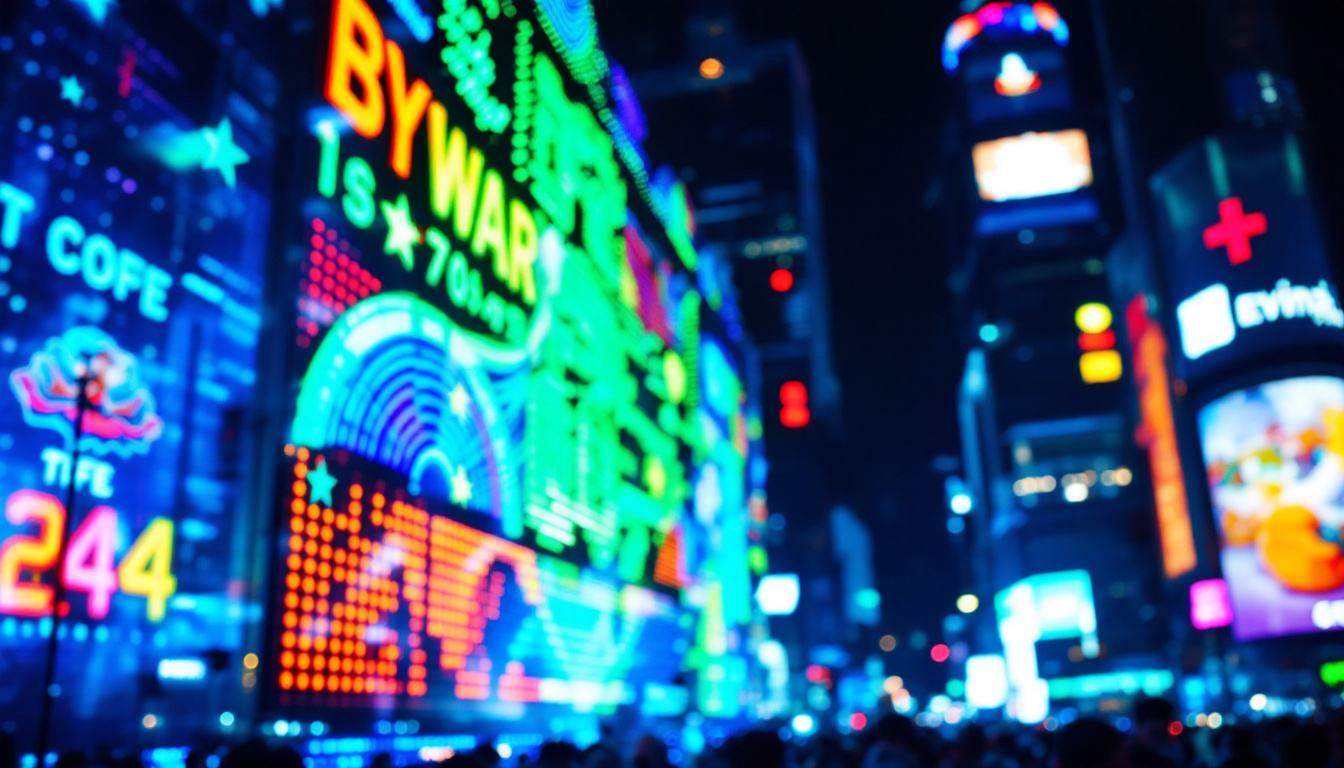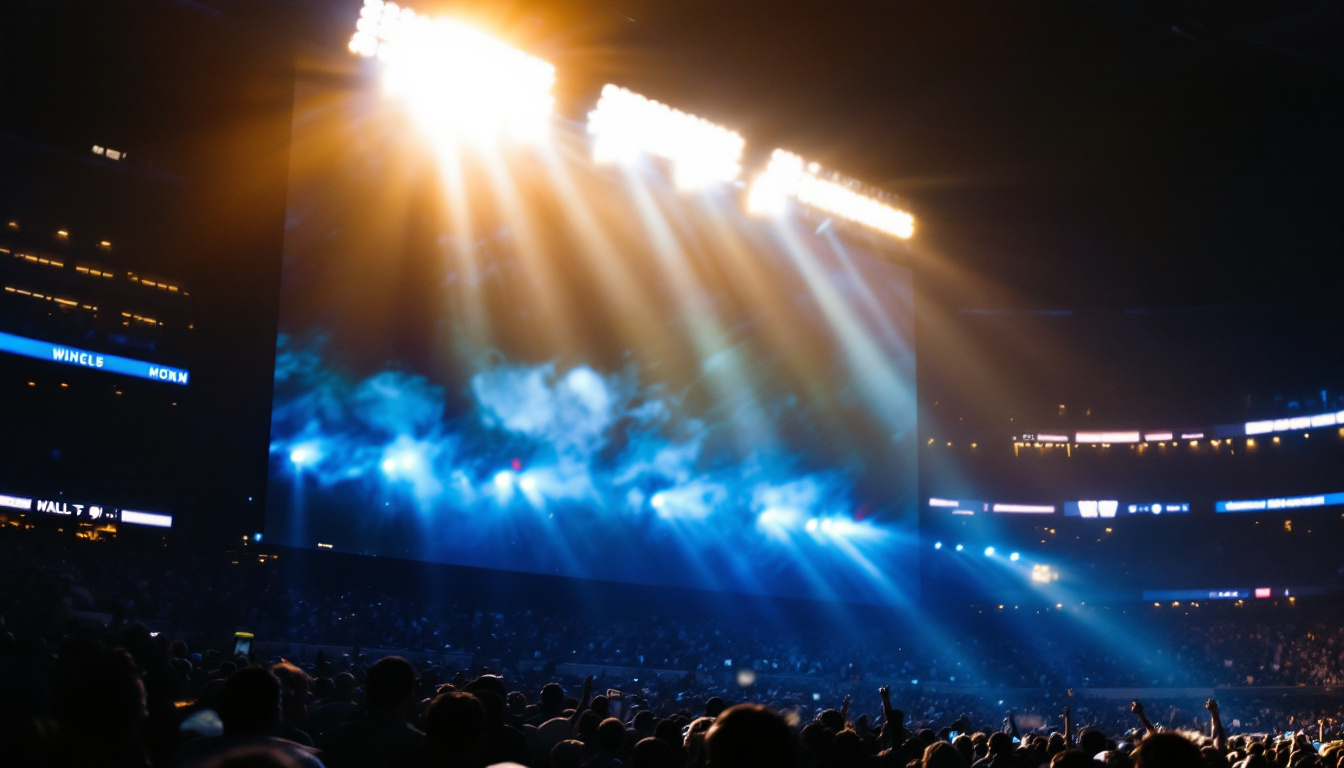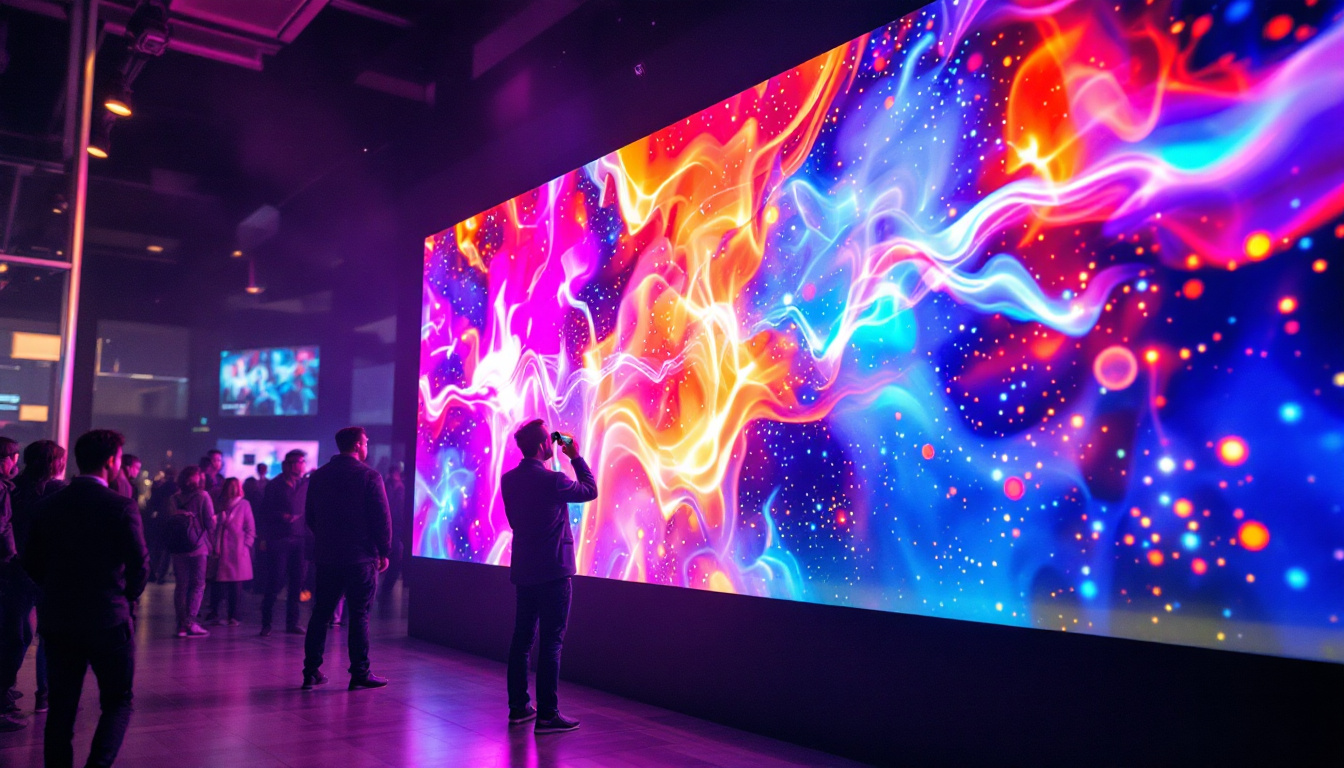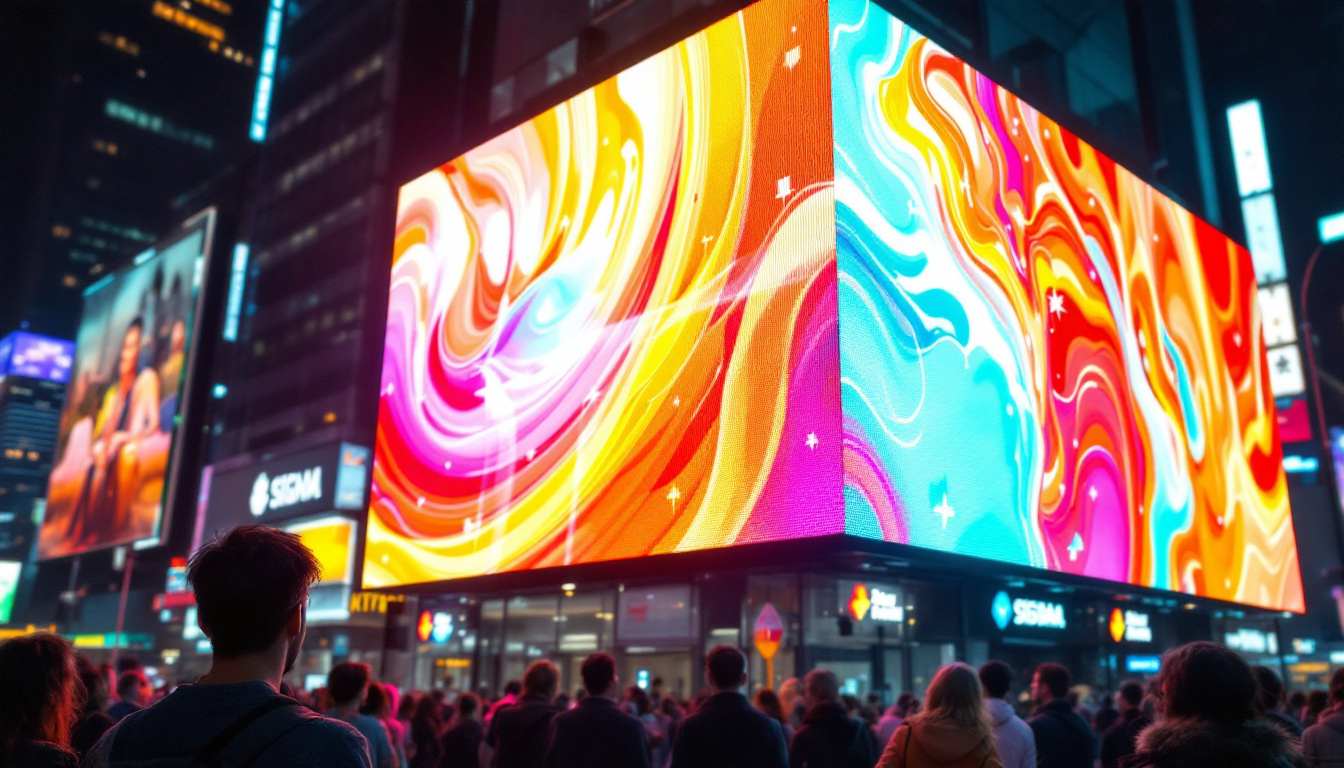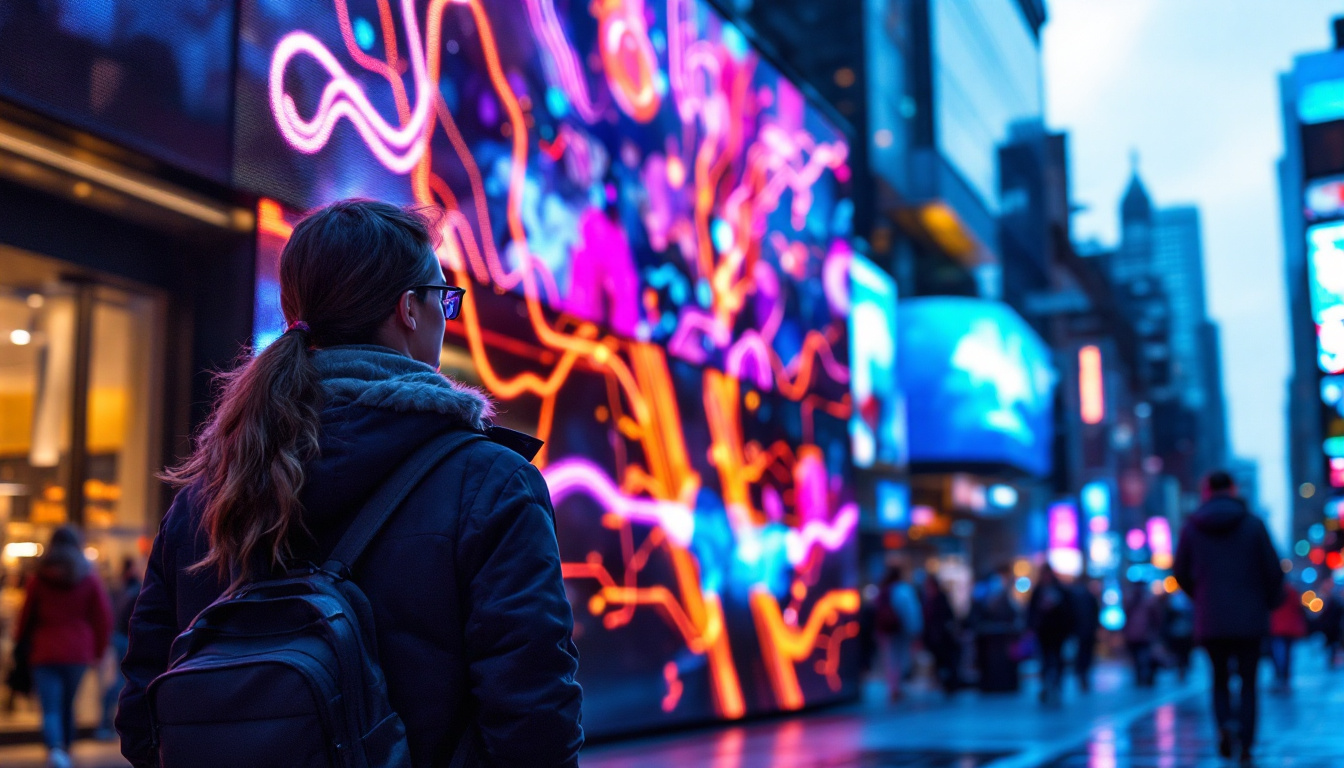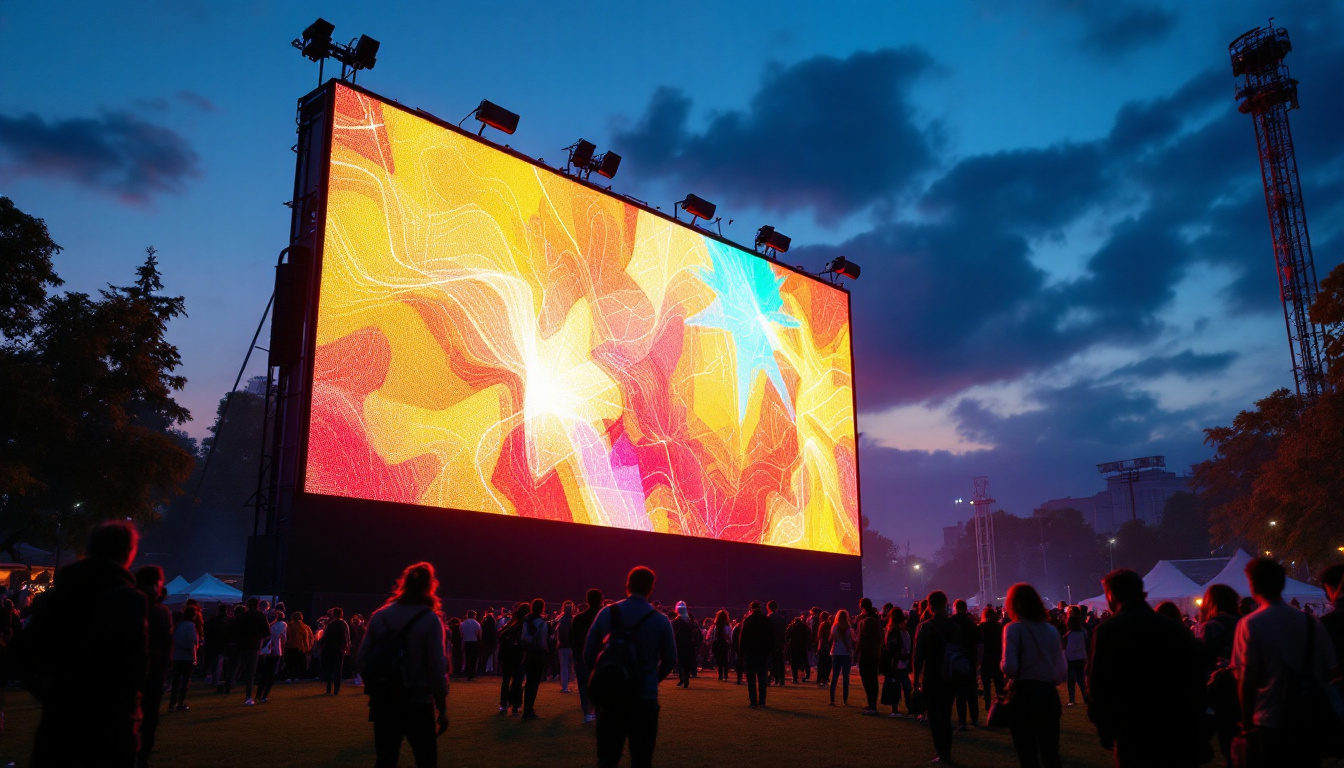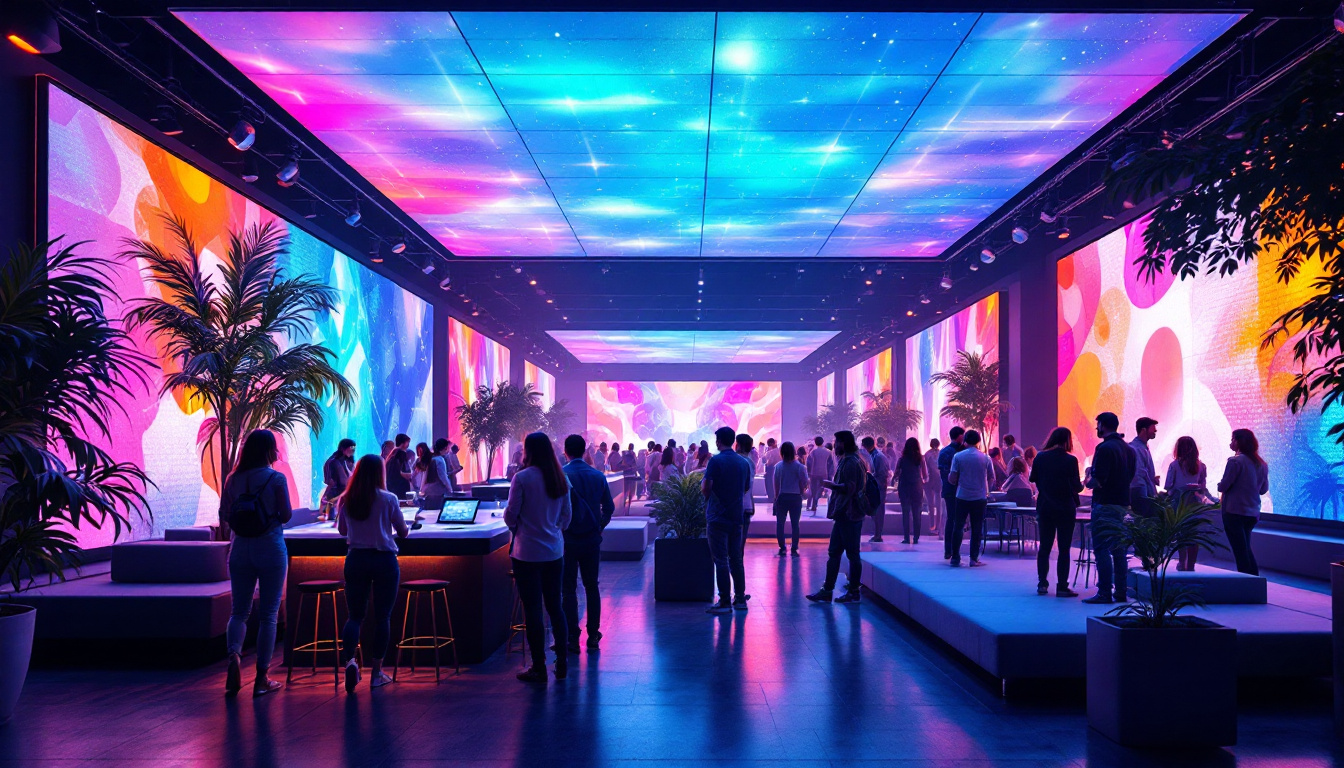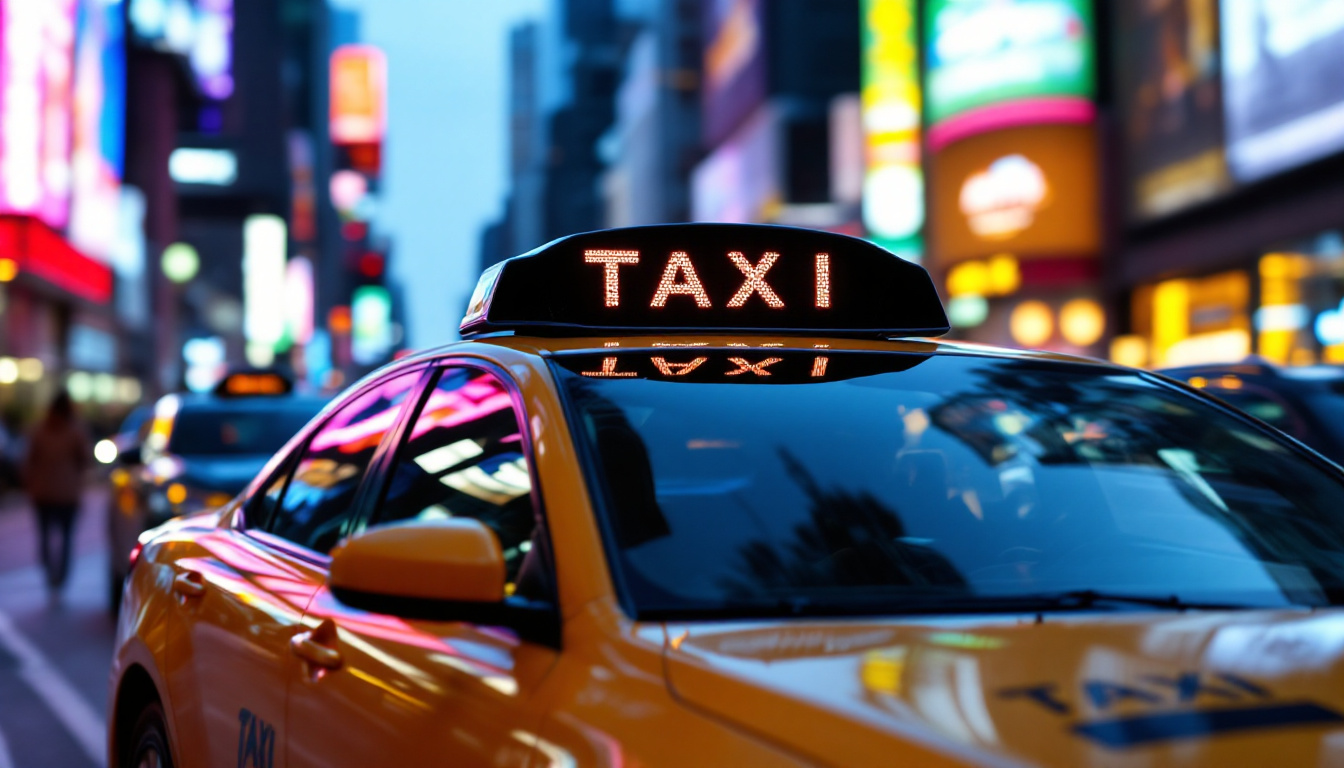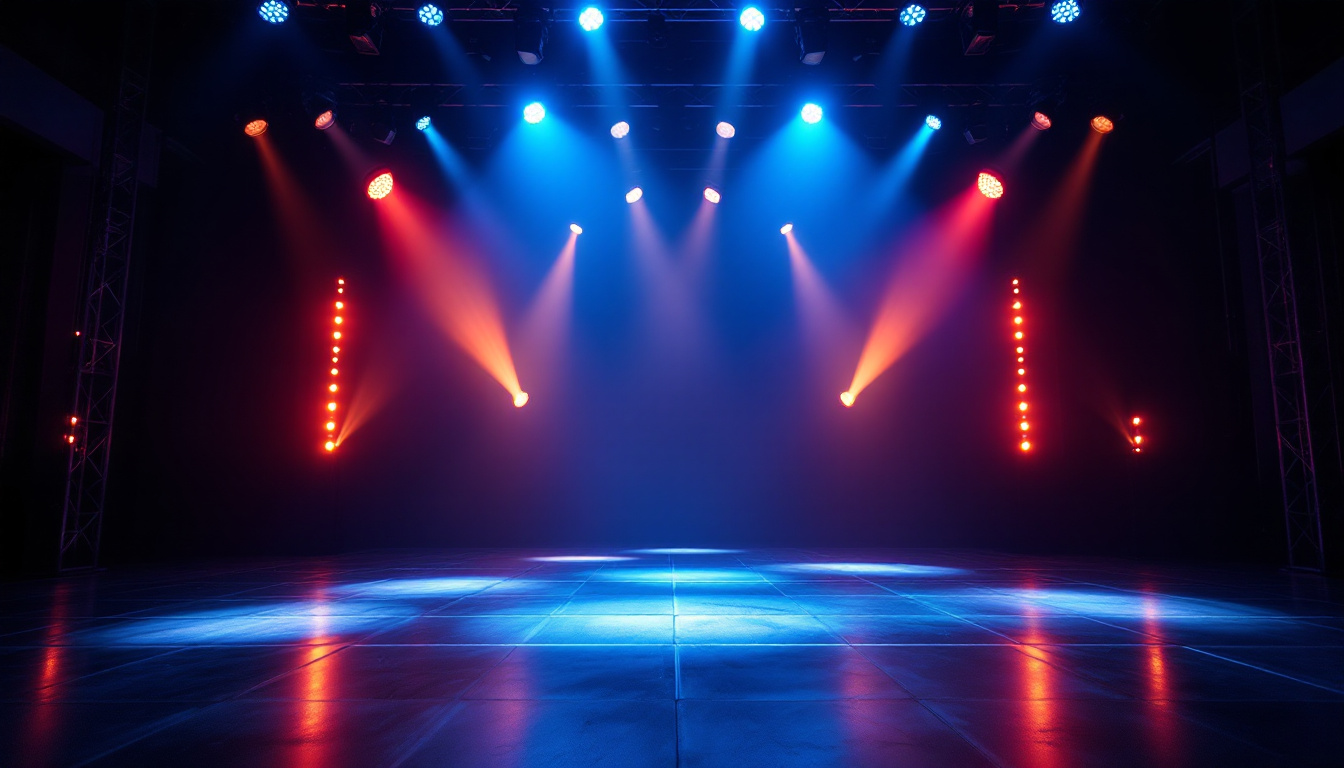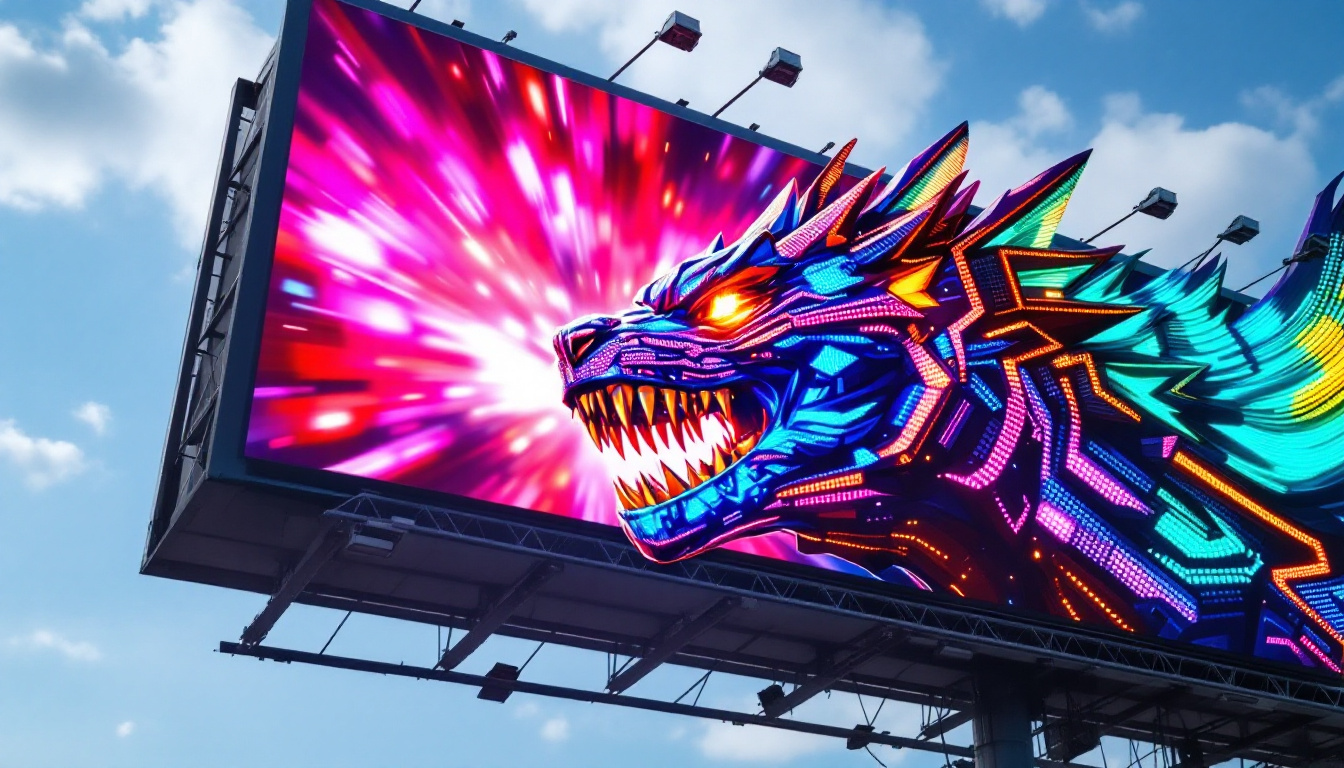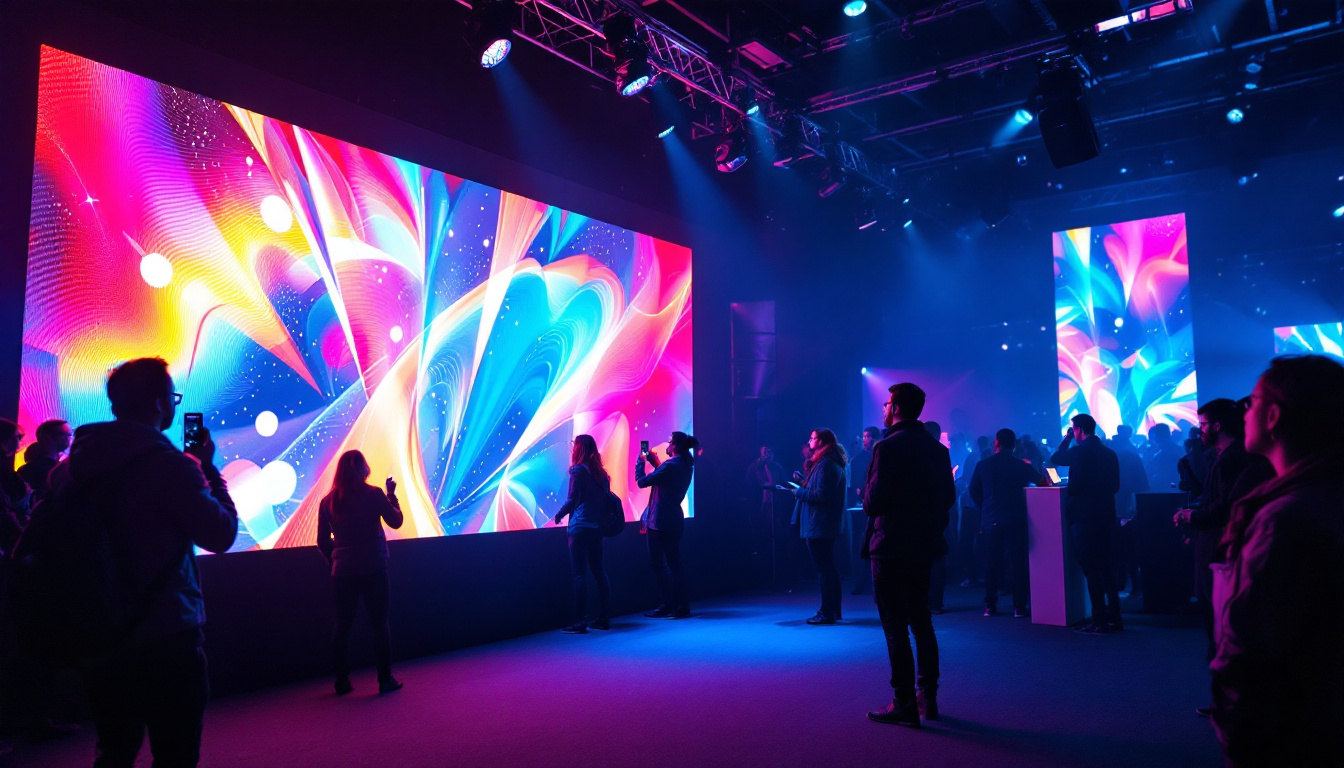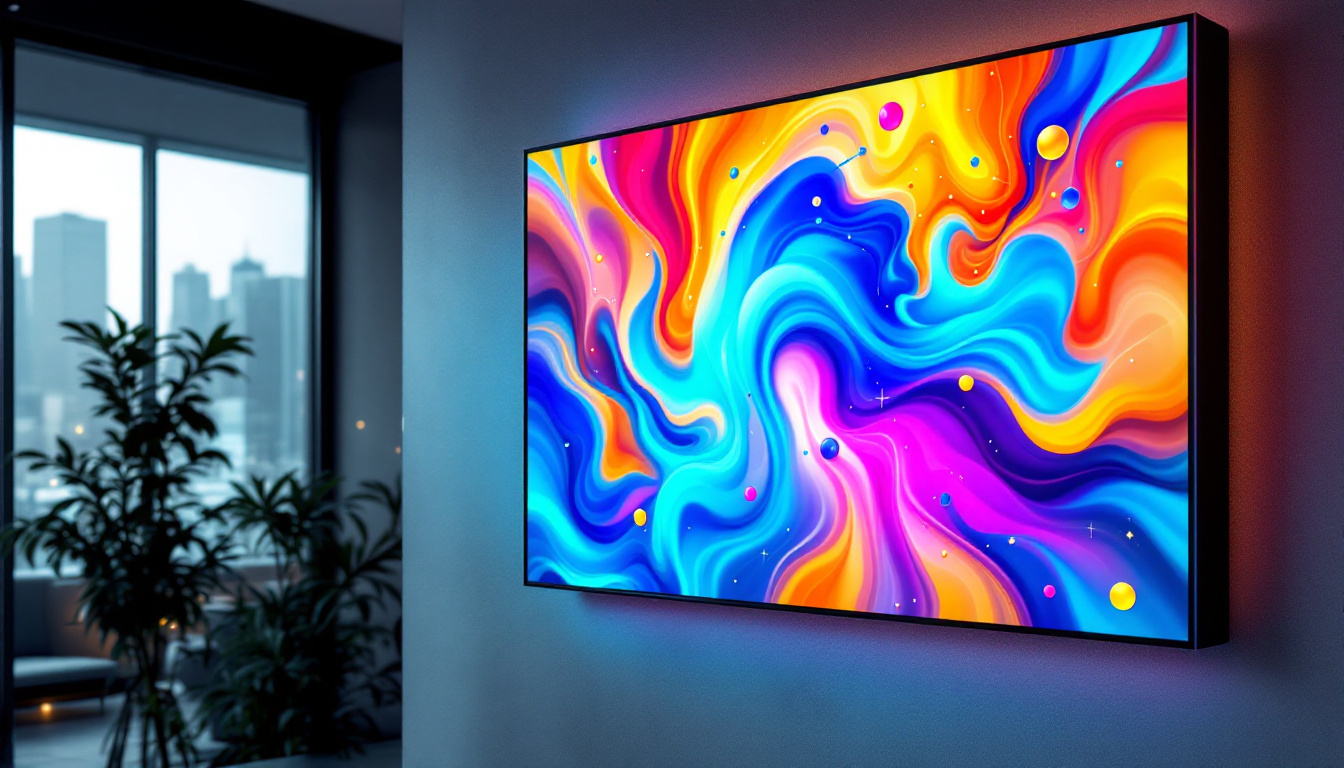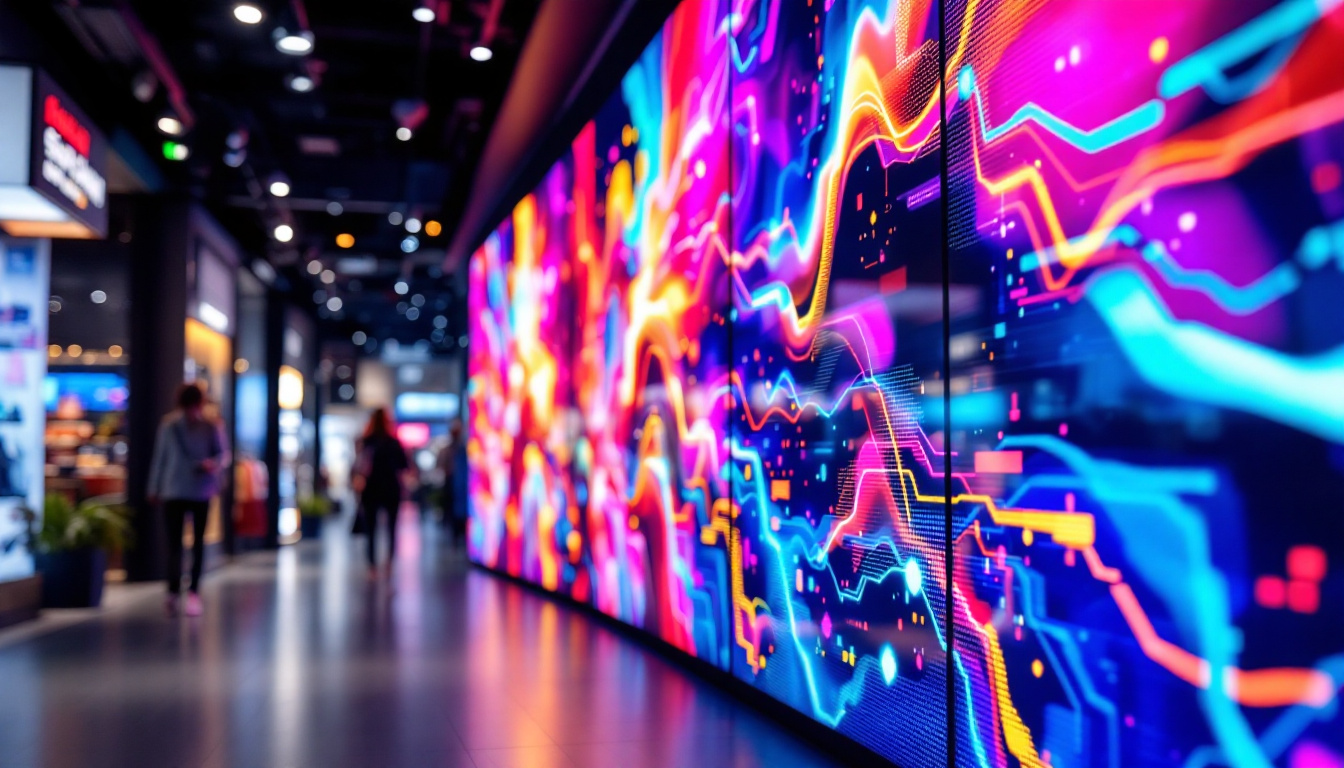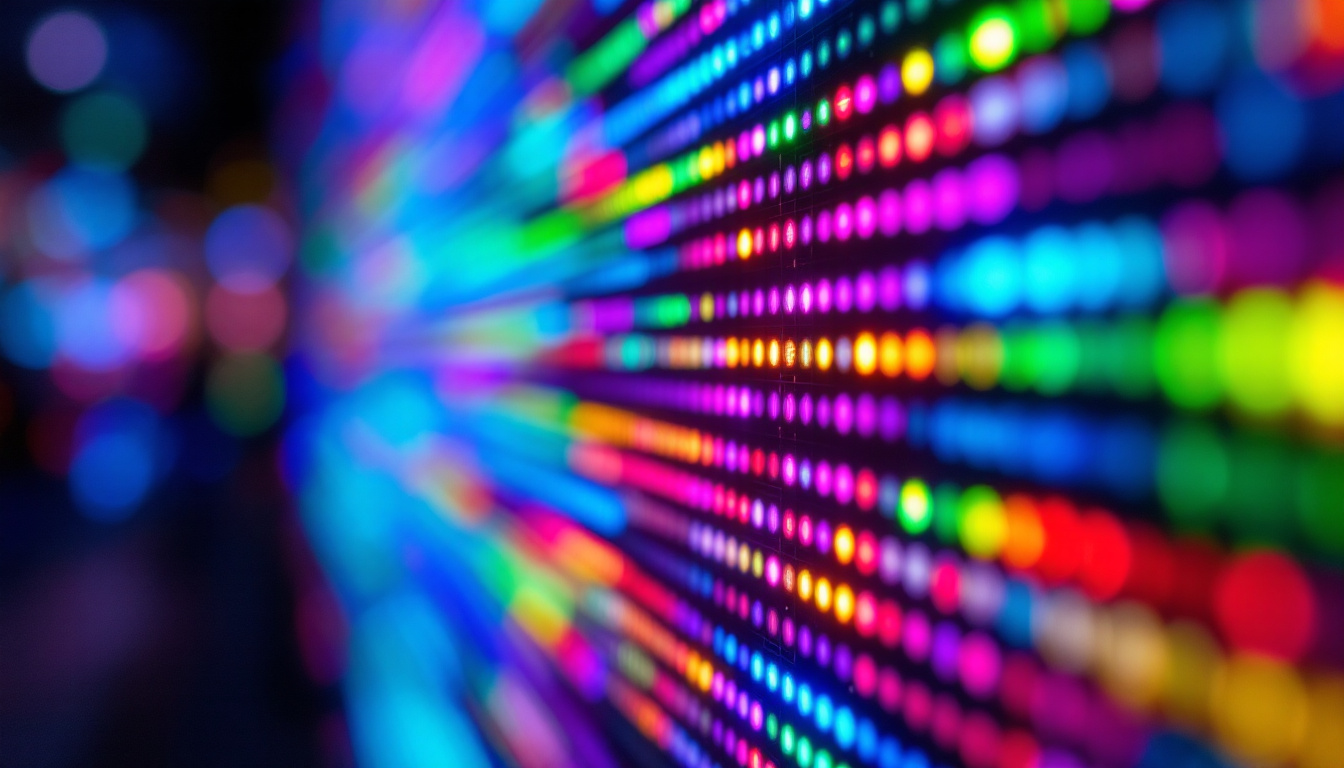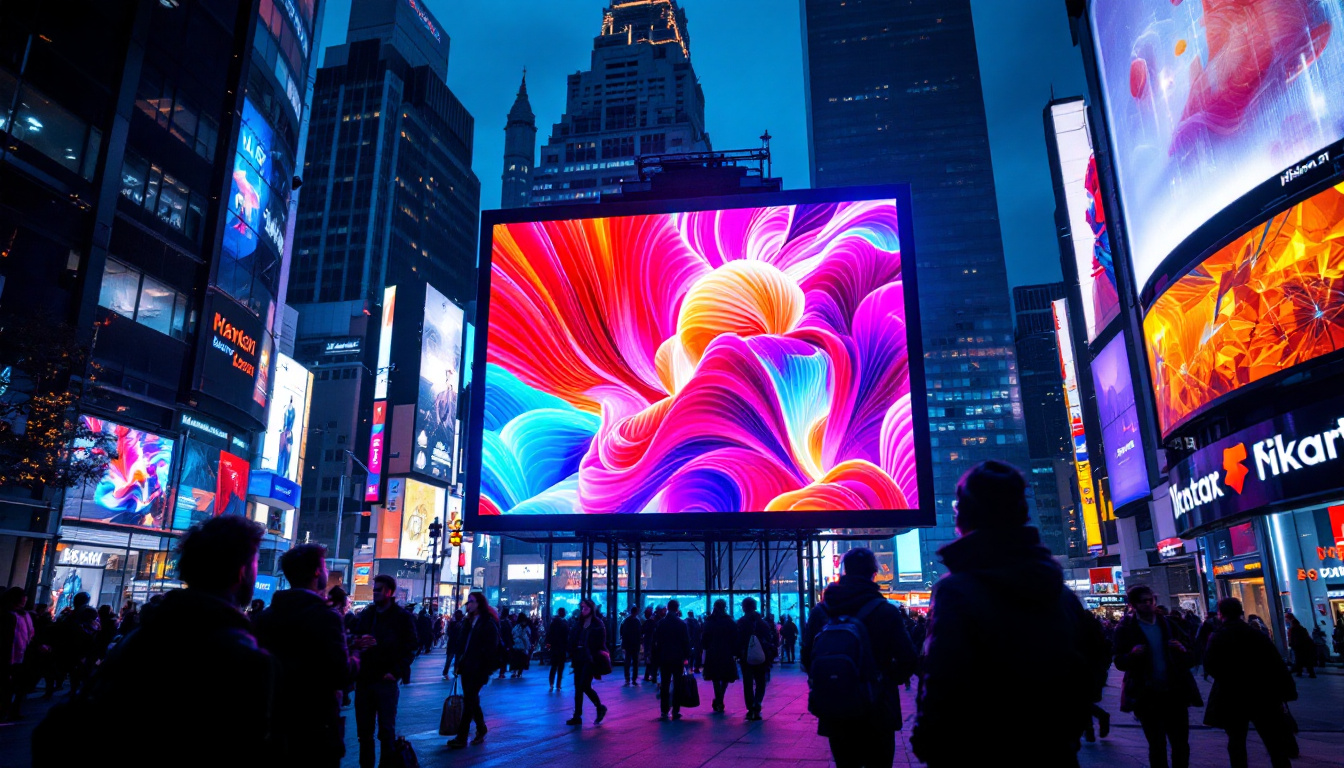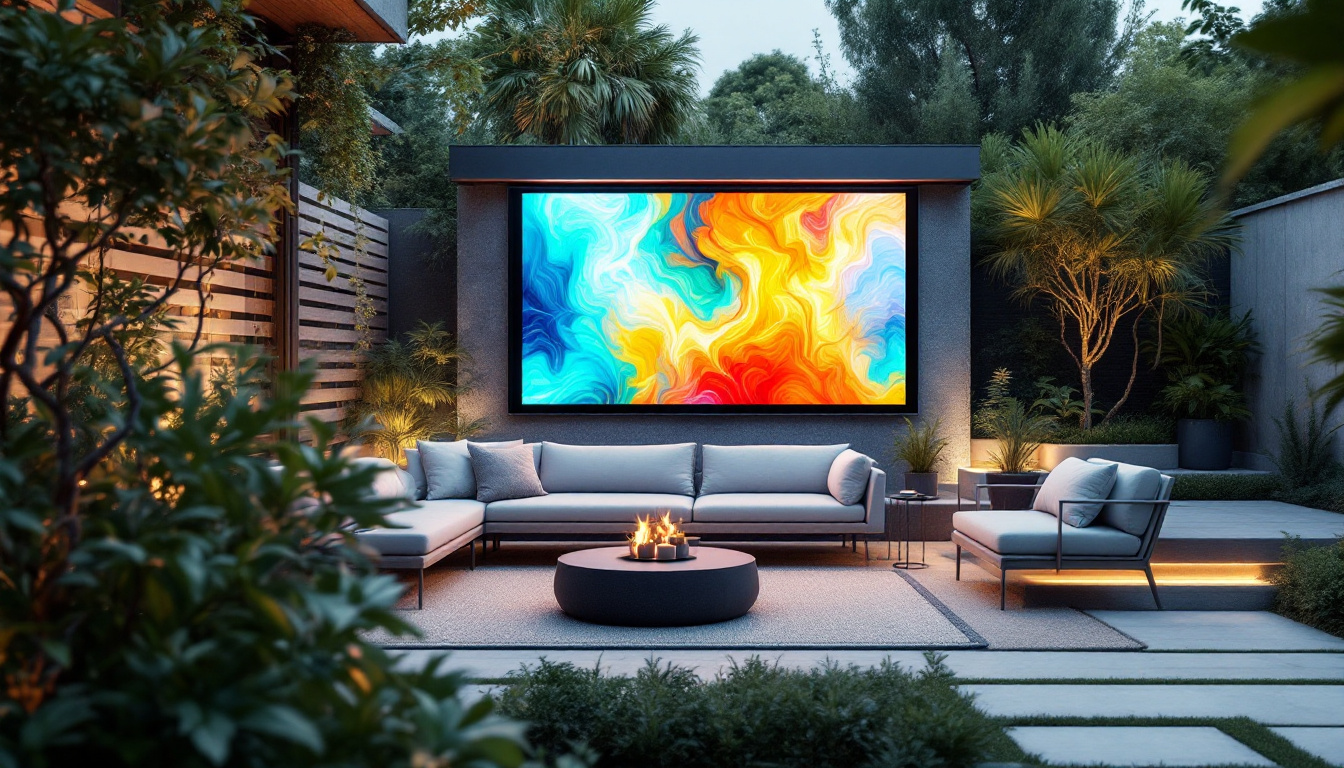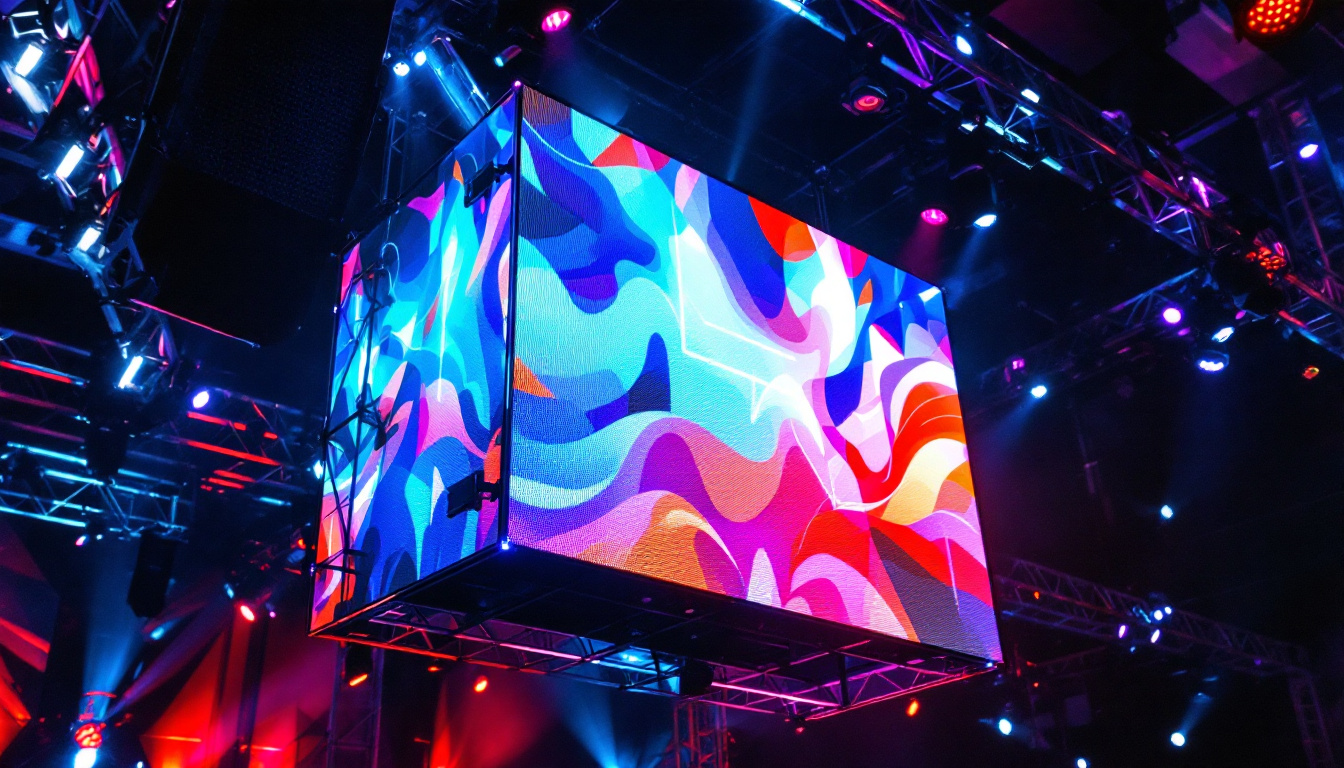Times Square, often referred to as “The Crossroads of the World,” is a bustling hub of activity and a prime location for advertising. The iconic LED displays that light up the square are not just visually stunning; they also represent a significant investment for businesses looking to capture the attention of millions. Understanding the costs associated with advertising on these displays is essential for any brand considering a campaign in this high-traffic area.
The Allure of Times Square Advertising
Advertising in Times Square offers unparalleled visibility. With an estimated 50 million visitors each year, the potential reach is immense. The vibrant atmosphere and constant foot traffic create an environment where brands can effectively engage with a diverse audience. The iconic neon lights and bustling energy of the area not only attract tourists from around the globe but also draw in locals who frequent the area for work or leisure. This unique blend of visitors presents a rare opportunity for brands to connect with individuals from various backgrounds, cultures, and interests, enhancing the overall impact of their advertising campaigns.
Why Choose LED Displays?
LED displays have become the standard for advertising in Times Square due to their brightness, clarity, and ability to display dynamic content. Unlike traditional billboards, LED screens can showcase high-definition videos and animations, making them more engaging and capable of capturing attention quickly. The technology behind these displays allows for vivid colors and sharp images that stand out against the backdrop of the city, ensuring that advertisements are not easily overlooked amidst the sensory overload of Times Square.
Moreover, LED displays allow for real-time updates, enabling advertisers to change their messages based on current events, promotions, or audience engagement. This flexibility can significantly enhance the effectiveness of a campaign. For example, brands can respond to trending topics or local happenings, creating a sense of relevance and immediacy that resonates with passersby. Additionally, the ability to incorporate interactive elements, such as QR codes or social media integration, encourages audience participation and fosters a deeper connection between the brand and its potential customers.
Target Audience and Engagement
The audience in Times Square is incredibly diverse, ranging from tourists to business professionals. This variety allows brands to tailor their messages to specific demographics, maximizing their impact. Engaging content that resonates with this audience can lead to increased brand awareness and customer interaction. For instance, a family visiting from abroad may be drawn to advertisements that highlight entertainment options, while a local commuter might respond better to promotions related to dining or shopping in the area.
Furthermore, the transient nature of the crowd presents a unique challenge and opportunity for advertisers. With only a few seconds to capture attention, brands must craft compelling narratives that are not only visually appealing but also succinct and memorable. Utilizing storytelling techniques, humor, or emotional appeals can significantly enhance the likelihood of engagement. Additionally, leveraging social proof, such as testimonials or user-generated content, can help build trust and credibility, making the advertisement more persuasive in a crowded marketplace.
Factors Influencing Advertising Costs
While the allure of Times Square advertising is clear, the costs associated with it can vary widely. Several factors influence these costs, and understanding them is crucial for brands looking to make an informed decision.
Location and Visibility
The location of the LED display within Times Square plays a significant role in determining advertising costs. Displays situated in high-traffic areas, such as near major intersections or popular attractions, typically command higher rates due to their increased visibility.
Additionally, the size of the display can impact costs. Larger screens that can be seen from greater distances generally come with a premium price tag. Brands must weigh the benefits of visibility against their budget when selecting a display location.
Duration and Timing of the Campaign
The duration of the advertising campaign also affects costs. Short-term campaigns may be more expensive on a per-day basis compared to long-term contracts, which often come with discounts. Advertisers should consider their goals and budget when deciding how long to run their campaigns.
Timing is another critical factor. Advertising during peak tourist seasons, such as the holidays or major events, typically incurs higher rates due to increased demand. Brands must plan their campaigns strategically to optimize their investment.
Understanding the Pricing Structure
The pricing structure for Times Square LED advertising can be complex. Advertisers should familiarize themselves with the various components that contribute to the overall cost.
Base Rates and Additional Fees
Most advertising companies have a base rate for displaying content on their LED screens. This rate can vary based on the factors previously mentioned, such as location and size. However, additional fees may apply, including production costs for creating the advertisement, maintenance fees for the display, and even costs associated with securing the necessary permits.
It is essential for brands to account for these additional expenses when budgeting for their advertising campaigns. A comprehensive understanding of the total cost will help avoid unexpected financial surprises.
Negotiation and Packages
Many advertising companies offer packages that can provide cost savings for brands willing to commit to longer-term contracts or multiple displays. Negotiating rates can also be beneficial, especially for brands that can demonstrate a willingness to invest in a sustained campaign.
Understanding the market and being prepared to negotiate can lead to better pricing and more favorable terms. Brands should conduct research and potentially consult with advertising agencies that specialize in Times Square to gain insights into the best approaches for securing competitive rates.
Measuring the Effectiveness of LED Advertising
Once a campaign is underway, measuring its effectiveness becomes crucial for understanding the return on investment (ROI). Various metrics can be utilized to evaluate the performance of an LED advertising campaign in Times Square.
Audience Reach and Engagement
One of the primary metrics for assessing effectiveness is audience reach. Many advertising companies provide estimates of the number of viewers based on foot traffic data. Additionally, brands can track engagement through social media interactions, website visits, and other digital metrics that may correlate with the advertising campaign.
Monitoring these metrics in real-time allows brands to adjust their strategies as needed. For example, if a particular message resonates well with the audience, advertisers can amplify that content for greater impact.
Sales and Conversion Rates
Ultimately, the goal of advertising is to drive sales and conversions. Tracking sales data during and after the campaign can provide valuable insights into its effectiveness. Brands should establish clear objectives and key performance indicators (KPIs) before launching their campaigns to facilitate this analysis.
Incorporating unique promotional codes or dedicated landing pages can help attribute sales directly to the advertising efforts in Times Square. This data will be invaluable for future campaigns and budget allocations.
Case Studies: Successful LED Advertising Campaigns
Examining successful advertising campaigns in Times Square can provide valuable lessons and inspiration for brands considering their own efforts. Here are a few notable examples.
High-Impact Launches
Major brands often utilize Times Square for product launches due to the immediate visibility and buzz generated. For instance, a well-known beverage company launched a new flavor with a vibrant LED campaign that included interactive elements, encouraging passersby to engage with the brand through social media challenges.
The campaign not only generated significant foot traffic but also resulted in a measurable increase in sales, showcasing the effectiveness of leveraging Times Square’s unique environment.
Seasonal Promotions
Seasonal campaigns can also be highly effective. A popular fashion retailer launched a holiday campaign featuring a dazzling LED display that showcased their latest collection. The display included a countdown to a special sale event, driving urgency and encouraging immediate purchases.
This strategic use of timing and location resulted in increased store traffic and online engagement, proving the effectiveness of seasonal promotions in a high-visibility area like Times Square.
Future Trends in Times Square Advertising
The landscape of advertising is constantly evolving, and Times Square is no exception. As technology advances, new trends are likely to emerge, influencing how brands approach advertising in this iconic location.
Augmented Reality and Interactive Displays
One of the most exciting trends is the integration of augmented reality (AR) into advertising campaigns. Brands are beginning to experiment with interactive displays that allow viewers to engage with the content in real time. This technology can create immersive experiences that captivate audiences and encourage participation.
As AR technology becomes more accessible, it is expected that more brands will incorporate these elements into their campaigns, further enhancing the allure of Times Square advertising.
Data-Driven Advertising
Data analytics is playing an increasingly important role in advertising strategies. Brands can leverage data to understand audience behavior, preferences, and trends, allowing for more targeted and effective campaigns. In Times Square, this could mean tailoring messages based on real-time data about foot traffic, weather conditions, or local events.
As data-driven advertising continues to grow, brands that can effectively harness this information will likely see greater success in their campaigns.
Conclusion: Making the Most of Times Square Advertising
Advertising in Times Square presents a unique opportunity for brands to reach a vast and diverse audience. However, the costs associated with LED displays can be significant, and understanding the factors that influence these costs is essential for making informed decisions.
By considering location, duration, and the overall pricing structure, brands can better navigate the complexities of Times Square advertising. Additionally, measuring the effectiveness of campaigns and staying abreast of emerging trends will help ensure that investments yield positive returns.
As technology continues to evolve, the potential for innovative and engaging advertising in Times Square will only grow. Brands that embrace these changes and adapt their strategies accordingly will be well-positioned to capture the attention of millions in one of the world’s most iconic locations.
Illuminate Your Brand with LumenMatrix
Ready to make a lasting impression in the heart of New York City? LumenMatrix is at the forefront of LED display innovation, offering a wide array of solutions that can transform your Times Square advertising into an unforgettable visual spectacle. From vibrant Indoor and Outdoor LED Wall Displays to dynamic Vehicle and Sports LED Displays, our technology is designed to captivate and engage your audience. Embrace the future of advertising with our Custom, All-in-One, and Transparent LED Displays, and watch as your message comes to life with unparalleled clarity and impact. Don’t just advertise; inspire with LumenMatrix. Check out LumenMatrix LED Display Solutions and elevate your brand’s presence in Times Square.

